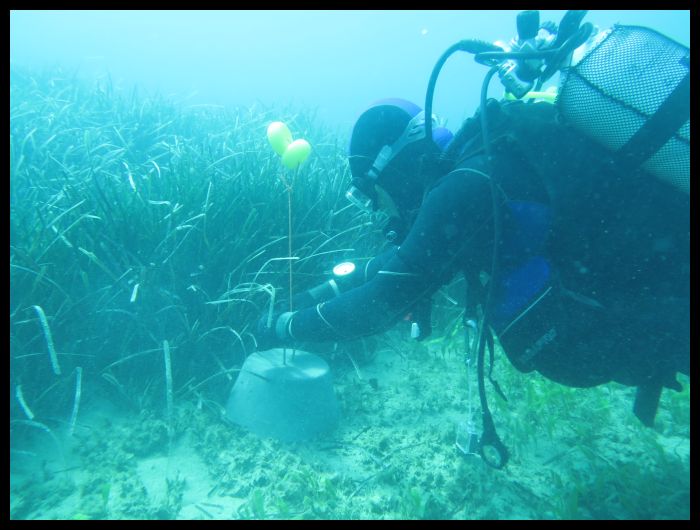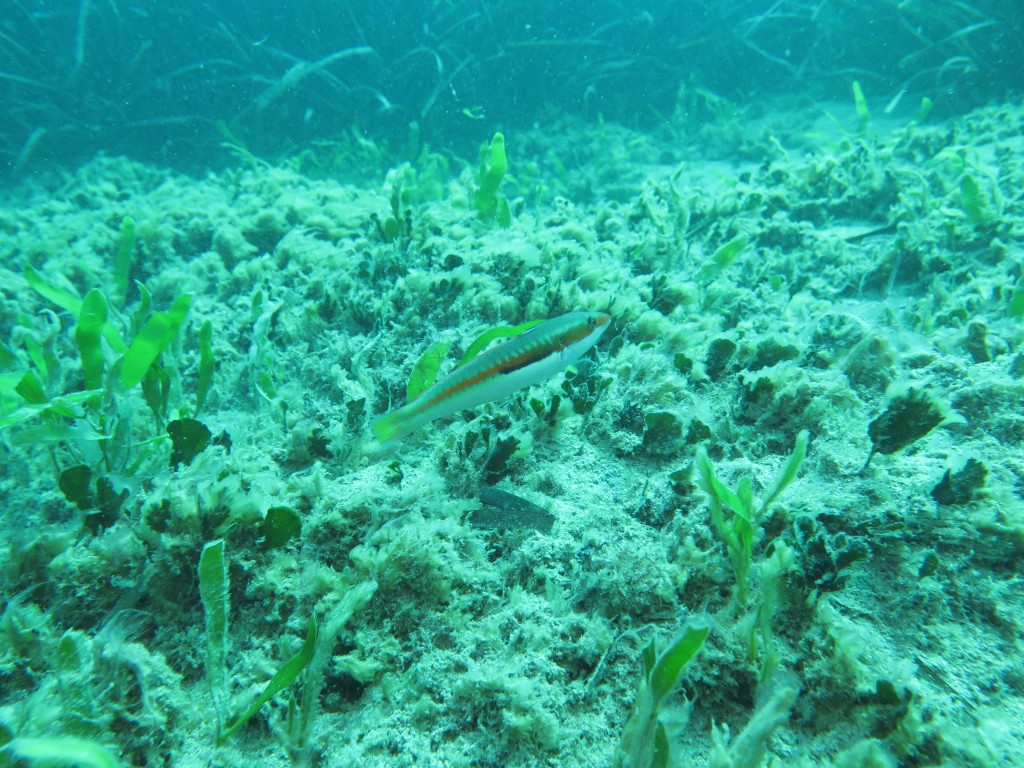
(01/10/2019) Several surfaces of mattes have been observed where marine seagrass has certainly retreated, for reasons not directly connectable to anthropogenic pressure, presently.
The “Regional Nature Park Dune Costiere from Torre Canne to Torre San Leonado” extends over 1.100 ha, along 8 km of coast, and it includes the inland agricultural areas occupied by centuries-old olive groves and ancient “masserie” (typical Apulian farms). The perimeter follows the long course of the “lame” (55 km of erosion) which characterizes the Park’s territorial morphology; they are linear clefts of the land perpendicular to the coastline, with flat bottom and slightly sloping sides originated by the erosive action of the surface water.
In the protected area, there are many habitats. Each habitat is the consequence of the geological, morphological and climatic features of the site that determine the presence of plant and animal species preferring those features. Some of those habitats are considered as priority ones, such the Posidonia oceanica. Starting at a depth of 10-12 m, P. oceanica meadows are present on sandy bottoms.
The presence of P. oceanica, along the coast of the park, has been detected at a few hundred meters offshore, at a depth of about 7 meters, where the upper limit showed an irregular course. The site identified for the measurements and to carry out the pilot transplantations is located approximately in front of Rosa Marina. The meadow coverage was about 70-75%, on matte, with the presence of numerous areas of sandy deposition inter-matte. Several surfaces of mattes have been observed where marine seagrass has certainly retreated, for reasons not directly connectable to anthropogenic pressure, presently.
No anomalies have been found considering the composition of benthic communities. As concern the marine seagrasses meadows, the main disturbances seem to be related to the presence of anchoring. However, the selection of sites potentially affected by this type of pressure was necessary to test the efficiency of safe anchorage systems and of the of the marine seagrass pilot transplantations.


